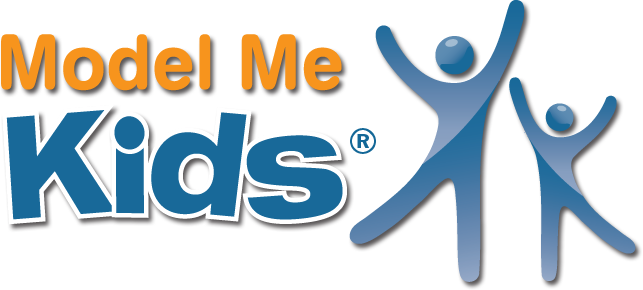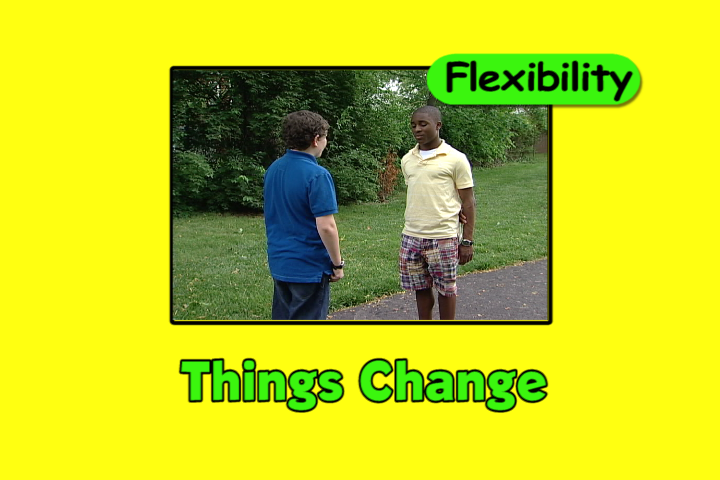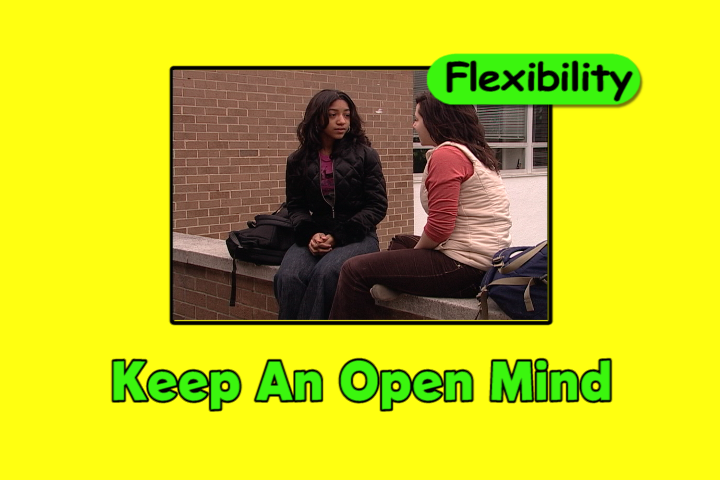
Social Skills training
Individuals with Autism often need a structured approach to help them develop and improve their social communication, interaction, and behavioral skills.
Shop
Storyboards
Show end-of-chapter storyboards as a slideshow. They are useful for visual teaching and testing mastery of skills in the video.
Sample Storyboard from Model Me Tips & Tricks™
Teaching Tips
Social Skills Training

Watch:
The videos demonstrate social rules both visually and with narration. Stay near the student so that you can explain and answer questions. Facilitate pausing and rewinding as needed to reinforce the lessons. In addition, take an active role in explaining the skills, using the videos as support.

Target One Skill:
The video is divided into chapters; each chapter is a unique skill. Chapters make it easy to target one skill at a time. Target a unique skill and teach it to mastery.

Social Skills Training Visuals:
Each scene lasts between 30 seconds and 3 minutes, depending on the chapter. At the end of each chapter is a storyboard summarizing the rules demonstrated and photos illustrating the rule laid out in story form.

Social Skills Training Mastery:
Focus on the skills in one or two chapters at a time, depending on the abilities of the particular child. Once the skill is mastered in a variety of settings, move on to a new chapter while practicing and maintaining the rules already learned.

Practice & Generalization:
Due to the difficulty that students with Autism Spectrum Disorder have in generalizing skills, once a skill or rule is understood, it is important to practice it in a “real world” environment.

Manuals & Workbooks:
Teaching manuals and student workbooks are available for many of our videos. The teaching manuals contain lesson plans that help extend the lessons taught in the videos.



